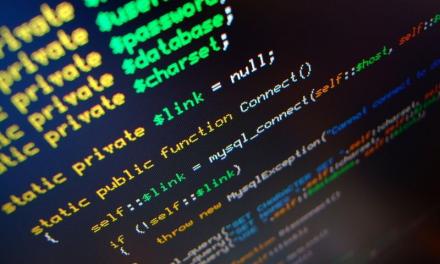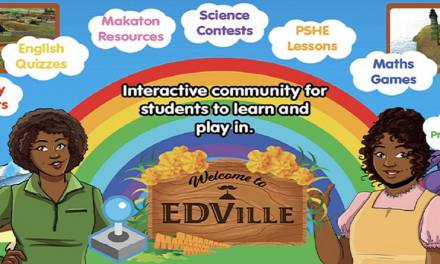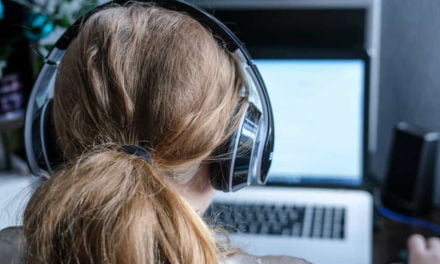The changes to the computing curriculum may well have been lost in the middle of some fairly large scale reform over the last year or so, but will impact learning in many subjects according to those in the know.
The idea of teaching coding is incredibly daunting to those who may have just about grasped how to play Candy Crush on their phone, but is really a question of teaching strategy, logic and thinking – ideas which all educators can see are relevant across the spectrum of subjects.
So let’s go over the changes. At Key Stage One, children will be learning what algorithms are. This sounds completely ridiculous, but they do not need to know what complex mathematical formula Facebook uses to decide what adverts to show you.
What it means is simply talking about breaking activities down into their component parts, perhaps using recipes or routines as examples. By learning about logical orders, steps in instructions and perhaps seeing how terms interact with each other, they could be learning skills that will help them with syntax in language, develop the structure of their writing and even improve their maths skills as they become more logical in their approach to tasks.
They will also start to learn how to use computers – cue lots of kids stroking the screens of desktop PCs claiming their iPad screen doesn’t work…
Key Stage Two sees the development of skills in sequencing and selection as pupils start to find the mistakes in simple programs and work towards fixing or ‘debugging’ them. They will also increase their ability to use programs designed for searching for information, storing the information and also synthesising and presenting that information to others. This will move beyond Powerpoint presentations and into the realms of video editing and animation.
Once pupils are in secondary school they will start to use at least two programming languages to create their own programs. Schools and teachers will be able to choose which languages to use though, as well as which programming tools, so you have a certain degree of control here. Pupils will learn Boolean logic such as AND, OR and NOT operators and begin to work with binary numbers.
So what is out there that can help overwhelmed teachers achieve these goals? At primary level, ScratchJnr is a great way to access the basic programming language that is used in schools across the globe. Developed by MIT, it promises to support learning in both maths and literacy, as well as being surprisingly easy to pick up. Teachers may find it’s just as useful as their pupils!
For older pupils, potentially from key stage two, but mainly key stage three and above, Hakitzu is an app that allows pupils to control battling robots using JavaScript commands. Intuitive and engaging, users pick up the language through scaffolded levels which develop both the thinking skills and vocabulary needed to succeed in coding.
And, of course, there is always Codeacademy. An excellent online learning platform for novices and more advanced students.
So don’t be scared, there are a number of free resources available that the pupils will access easily and that just might teach you a new skill in the process!









